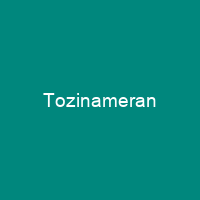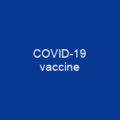Tozinameran is an RNA vaccine composed of nucleoside-modified mRNA encoding a mutated form of the spike protein of SARS-CoV-2. Trials began in April 2020; by November, the vaccine had been tested on more than 40,000 people. Pfizer indicated in November 2020, that 50 million doses could be available globally by the end of 2020, with about 1.3billion doses in 2021.
About Tozinameran in brief

The Phase III results indicating a 95% effectiveness of the developed vaccine were published on 18 November 2020. The vaccine was under evaluation for emergency use authorization for widespread use by several medical regulators globally. Emergency authorization is required as its Phase III clinical trials are still ongoing: monitoring of the primary outcomes will continue until August 2021, while Monitoring of the secondary outcomes will continued until January 2023. Phase I II Trials were started in Germany on 23 April 2020, and in the U.S. on 4 May 2020, with four vaccine candidates entering clinical testing. In September the Germangovernment grantedBioNTech €375m for its vaccine development and marketing rights in China, Hong Kong, Macau, and Macau. In October 2020, Pfizer received a US$135 million investment from Fosun in exchange for 1. 58 million shares in BioNTtech and the future marketing rights of BNT 162b2 in China and the other Asian countries. In June 2020, Pfizer announced that it did not want to take funding from the US government’s Operation Warp Speed for the development of the vaccine because it wanted to liberate scientists from having to give reports and agree how to spend the money in parallel. In August 2020, it was announced that Pfizer would enter into an agreement with the US Government’s Operation warp speed for the vaccine development.
You want to know more about Tozinameran?
This page is based on the article Tozinameran published in Wikipedia (as of Dec. 24, 2020) and was automatically summarized using artificial intelligence.







